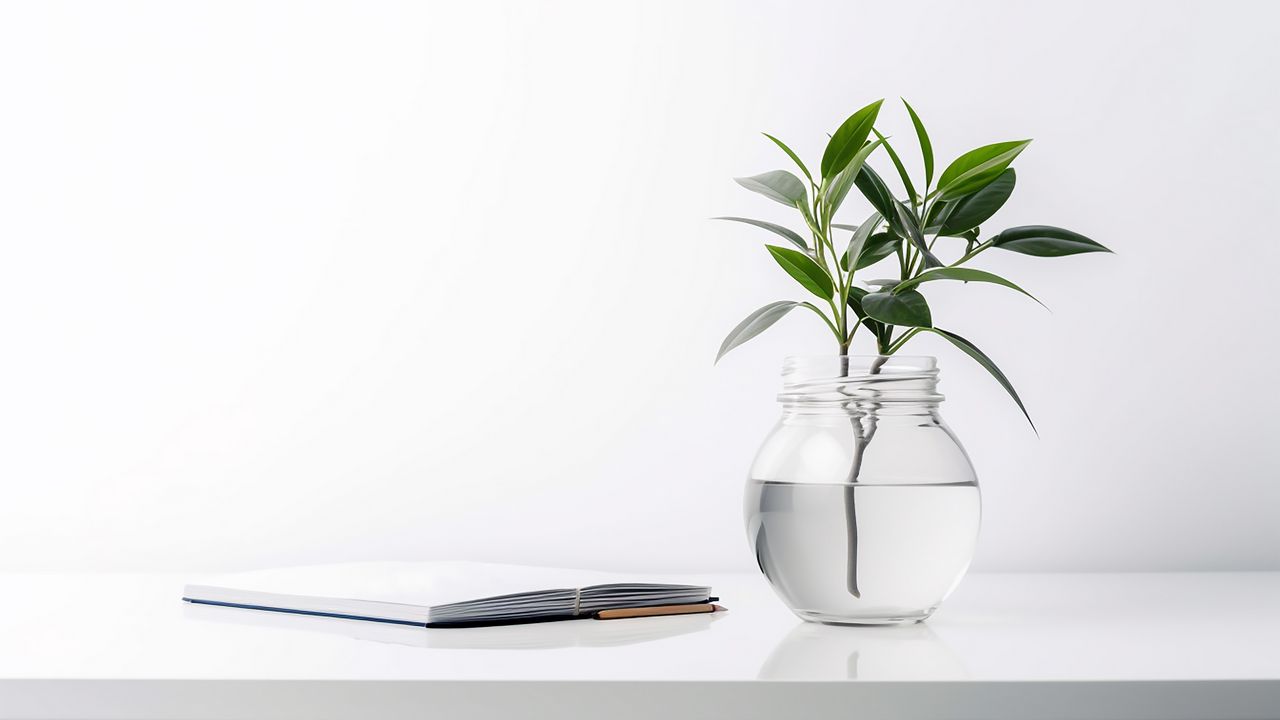In the world of technology, mixing and matching patterns can make or break a design. Whether you’re designing a website, app, or product, knowing how to combine different patterns effectively can elevate your work to a professional level. In this article, we’ll explore the best practices for mixing and matching patterns like a pro.
Understanding Patterns
Before we dive into how to mix and match patterns, it’s important to understand the different types of patterns that are commonly used in the tech industry. Some common patterns include grid patterns, geometric patterns, organic patterns, and abstract patterns. Each pattern type has its own unique look and feel, and knowing when to use each type can help you create visually appealing designs.
Choosing Complementary Patterns
When mixing and matching patterns, it’s important to choose patterns that complement each other. One way to do this is by selecting patterns that share similar colors or shapes. For example, if you’re using a grid pattern with sharp lines, you might want to pair it with a geometric pattern that also features sharp angles. By choosing complementary patterns, you can create a cohesive and visually pleasing design.
Playing with Scale
Another way to mix and match patterns effectively is by playing with scale. Mixing patterns of different sizes can add visual interest to your design and create a sense of depth. For example, you might pair a large-scale grid pattern with a small-scale organic pattern to create contrast and balance in your design. Experimenting with different scales can help you create dynamic and engaging layouts.
Layering Patterns
Layering patterns is another effective technique for mixing and matching patterns like a pro. By layering patterns, you can create a sense of depth and dimension in your design. One way to layer patterns is by using a patterned background with a solid color overlay. This can help create a visually interesting background without overpowering the content of your design. Experiment with different layering techniques to see what works best for your project.
Using Patterns as Accents
Patterns can also be used as accents in your design to add visual interest and draw attention to certain elements. For example, you might use a bold geometric pattern as a background for a call-to-action button to make it stand out. By using patterns as accents, you can create focal points in your design and guide the user’s eye to important information.
Testing and Refining
Once you’ve mixed and matched patterns in your design, it’s important to test and refine your work. Take the time to review your design from different perspectives, such as on different devices or screen sizes. Ask for feedback from colleagues or users to get a fresh perspective on your work. By testing and refining your design, you can ensure that your patterns are used effectively and create a cohesive and professional look.
Conclusion
Mixing and matching patterns like a pro requires careful consideration of pattern types, color schemes, scale, layering techniques, and accents. By following the best practices outlined in this article, you can create visually appealing designs that stand out in the tech industry. Experiment with different patterns, test your designs, and refine your work to create professional and engaging designs.

